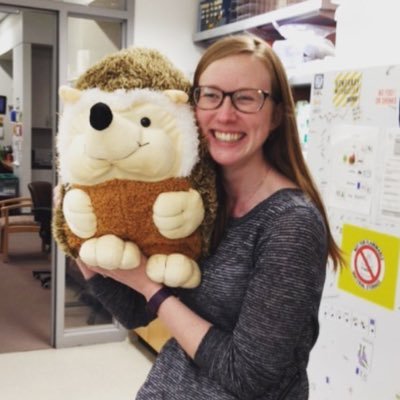
Emily Kolenbrander Ho
@emkolen
Followers
148
Following
184
Media
17
Statuses
71
Postdoc in @toettch lab at Princeton | incoming asst prof at Claremont McKenna College | PhD from @stearnslab | DevBio, signaling, and undergrad education
Joined December 2012
Huge thanks to: @toettch for being the best advisor. @PayamFarahani for developing pYtags and starting this project with me. @rpkimyip and @EPosfai for amazing egg chamber imaging. Alison and Stas for gorgeous trachea imaging. And @OatmanHarrison who can segment anything!.
1
0
2
RT @laurentodorov: What can a simple sea squirt tell us about neural crest evolution?🔬 Explore the latest research from my PhD journey at @….
0
4
0
Can’t wait for all the awesome science to come from the @h4rrymcnamara lab!.
a personal update: in January, I'm moving to Yale to join @MCDB_Yale and to open my lab in the @WuTsaiYale Institute!. We will investigate multicellular self-organization using synbio tools to read and write developmental signals in stem cell models.
0
0
3
RT @h4rrymcnamara: Our study decoding gastruloid symmetry breaking is now live @NatureCellBio!. Thank you to the N….
0
58
0
RT @h4rrymcnamara: new results! We describe an optogenetic method to 'paint' patterns of morphogen signals in zebrafish embryos to guide th….
0
11
0
RT @Dev_journal: Optogenetics reveals how the embryo got its stripe. Read this Research Highlight showcasing work from Emily Ho @emkolen, J….
0
3
0
More details in the tweetorial here Thanks to @Dev_journal for a very positive review process and to all my coauthors for making this such a fun project!.
Excited to share my first preprint from the @toettch lab! We used optogenetics to dissect a classic genetic circuit in the fly embryo – the one controlling the brachyenteron (byn) stripe – to learn about ERK signal interpretation and pattern formation.
2
0
1







